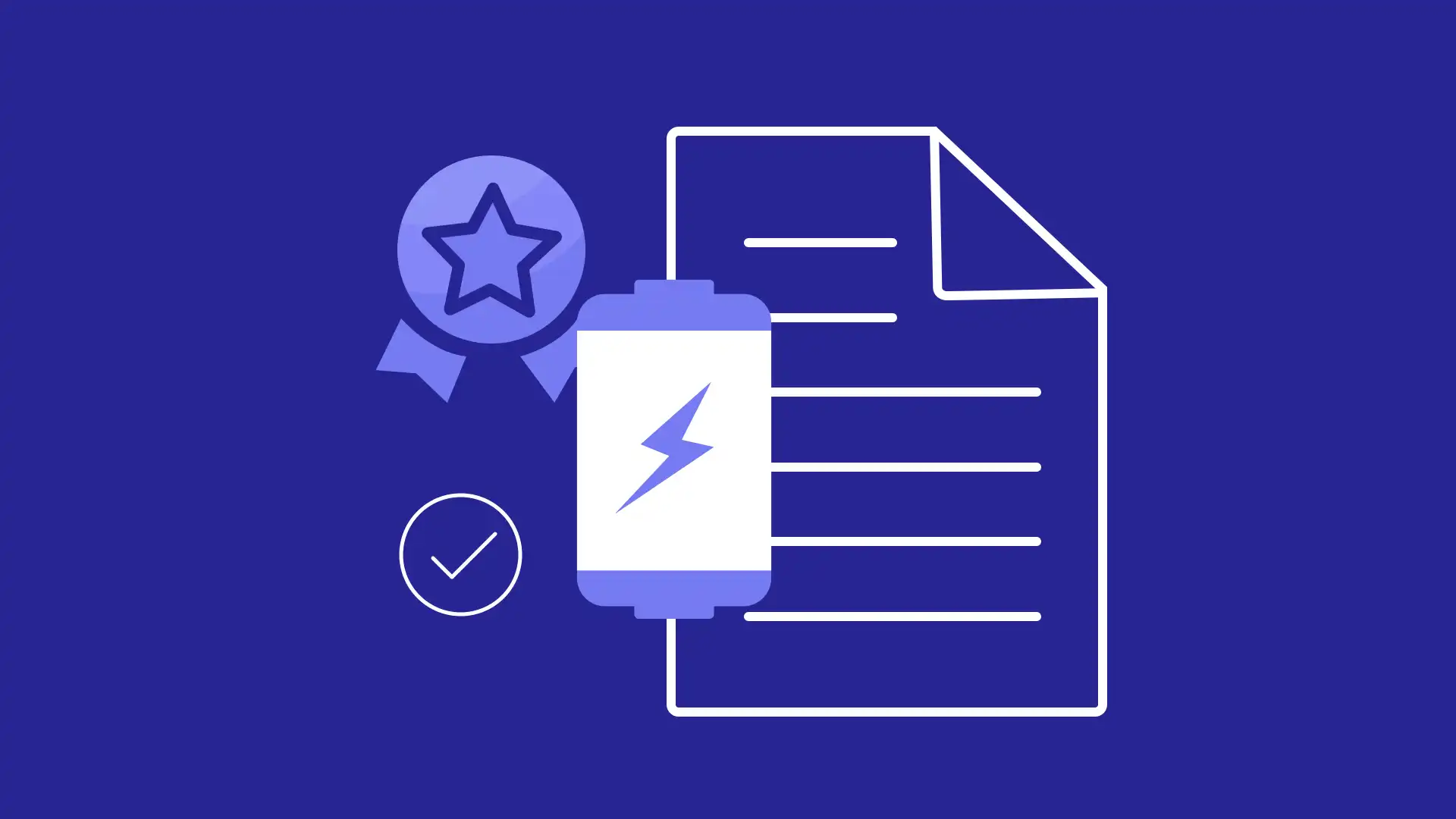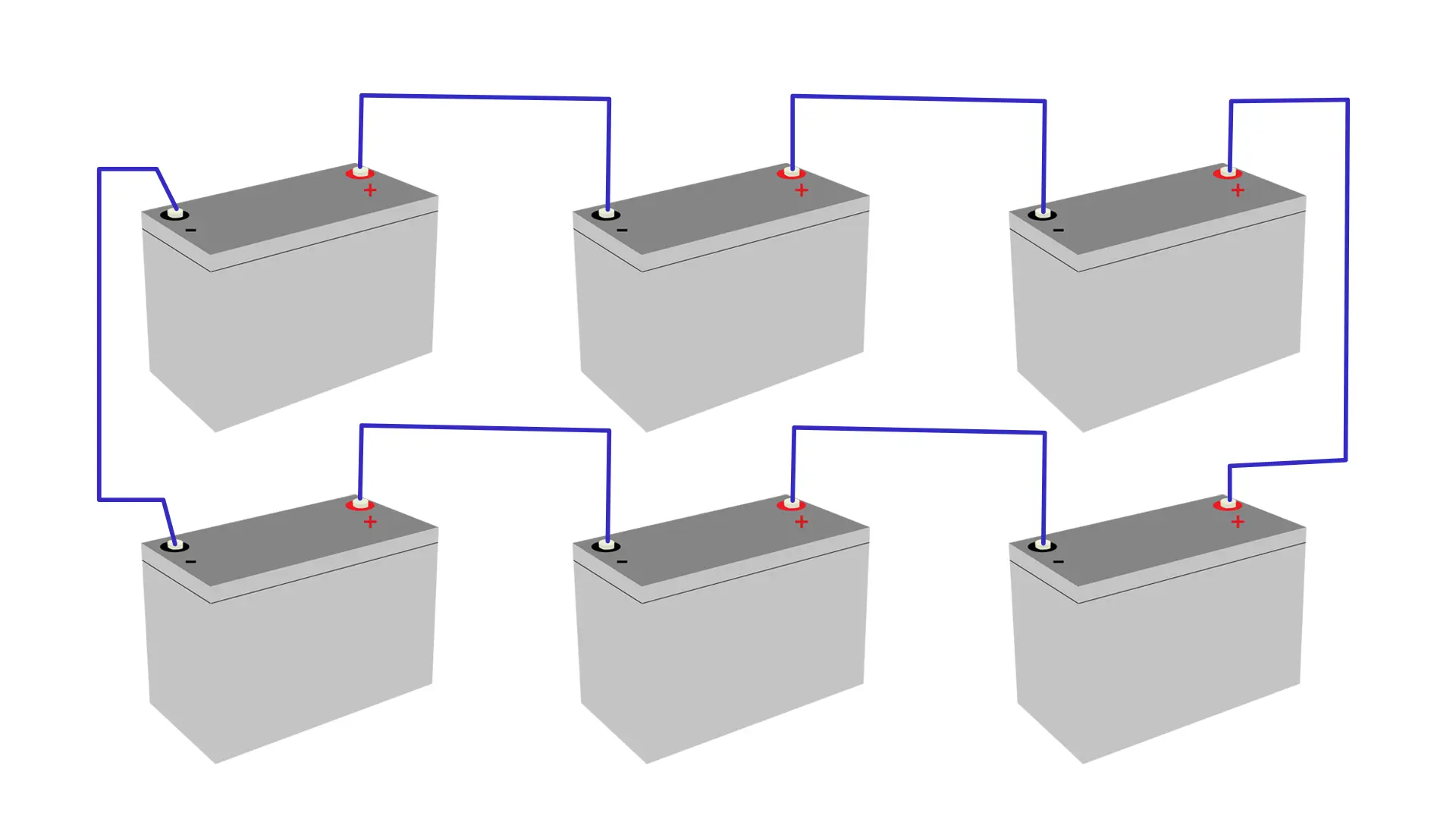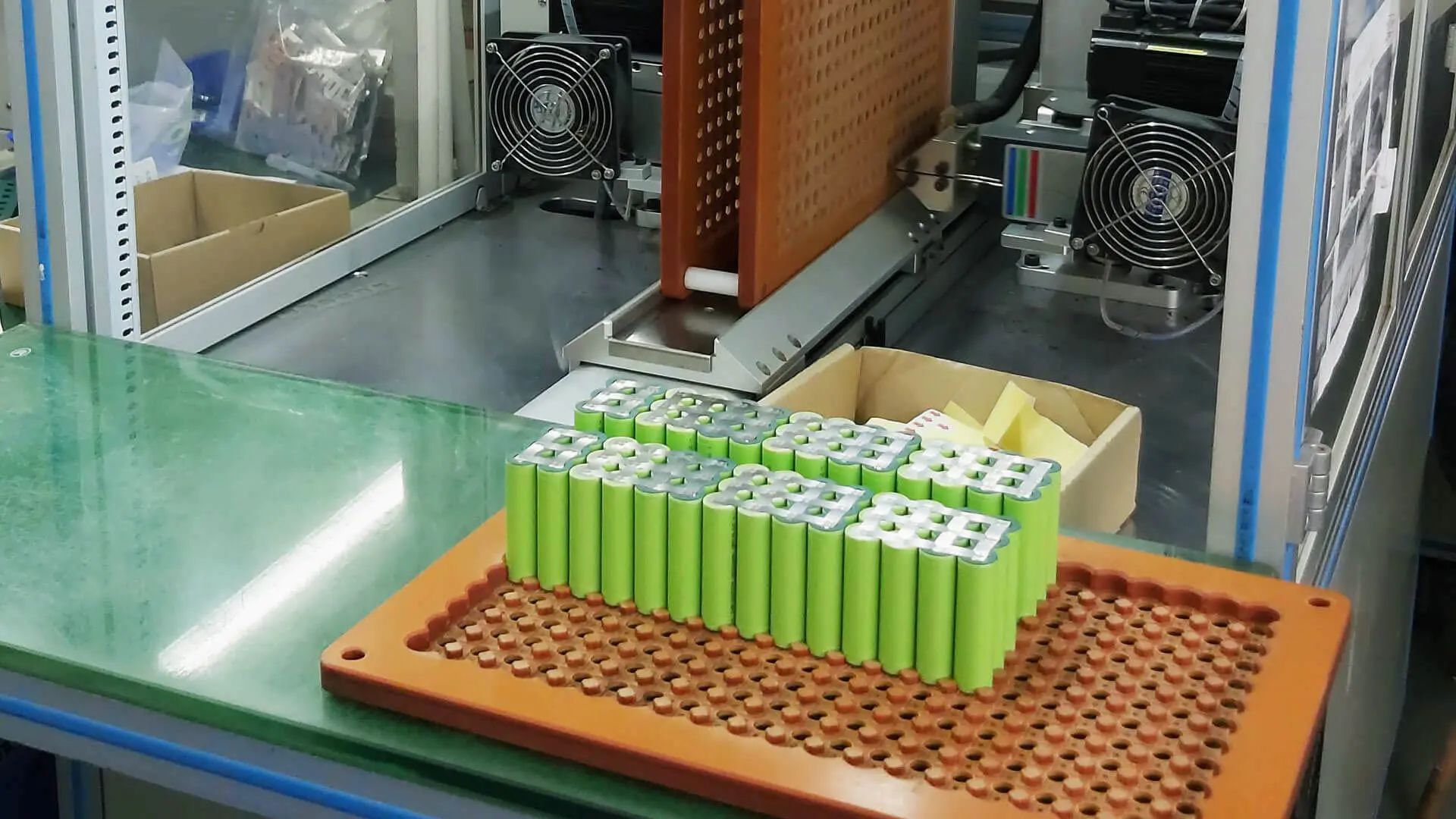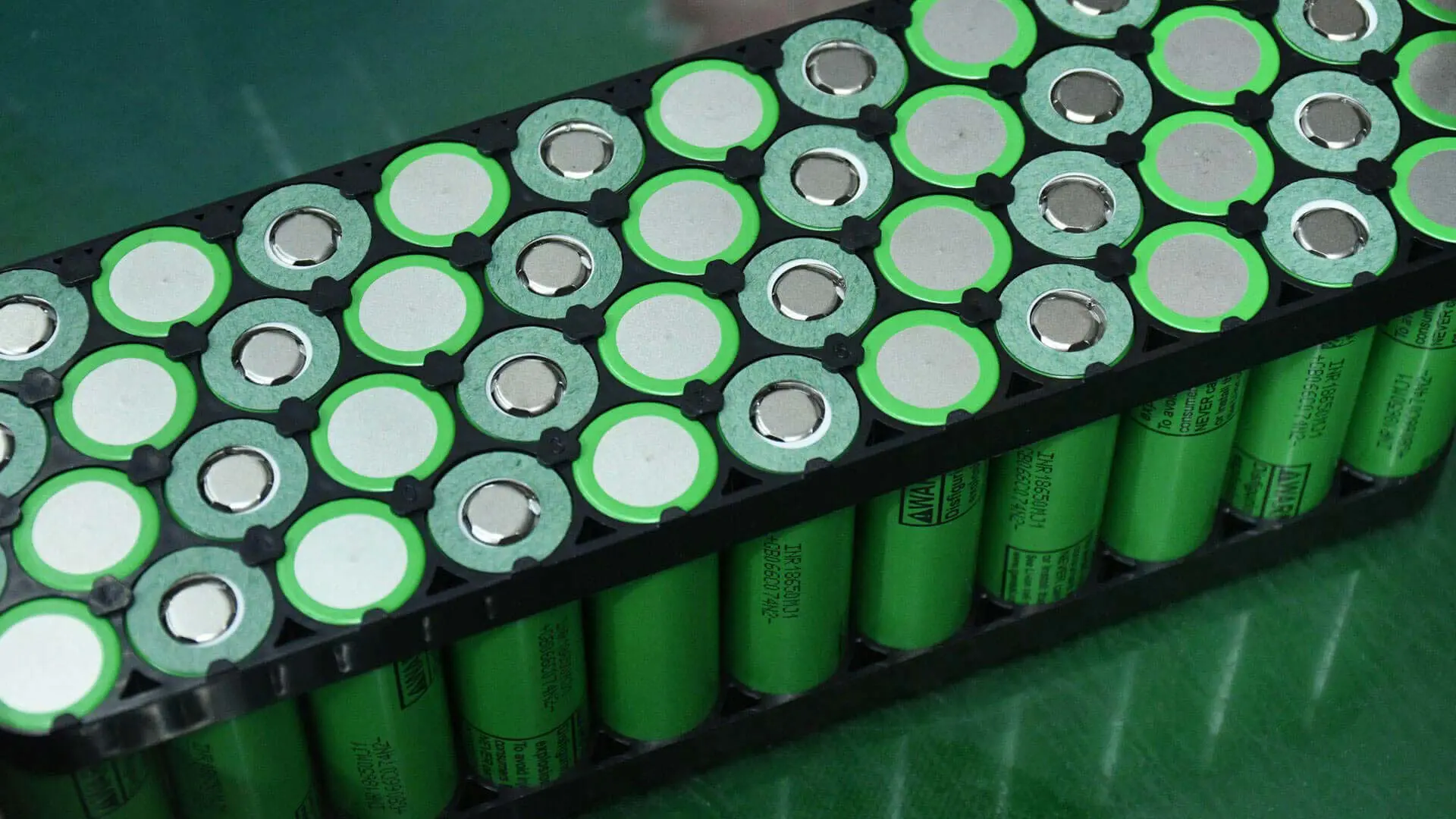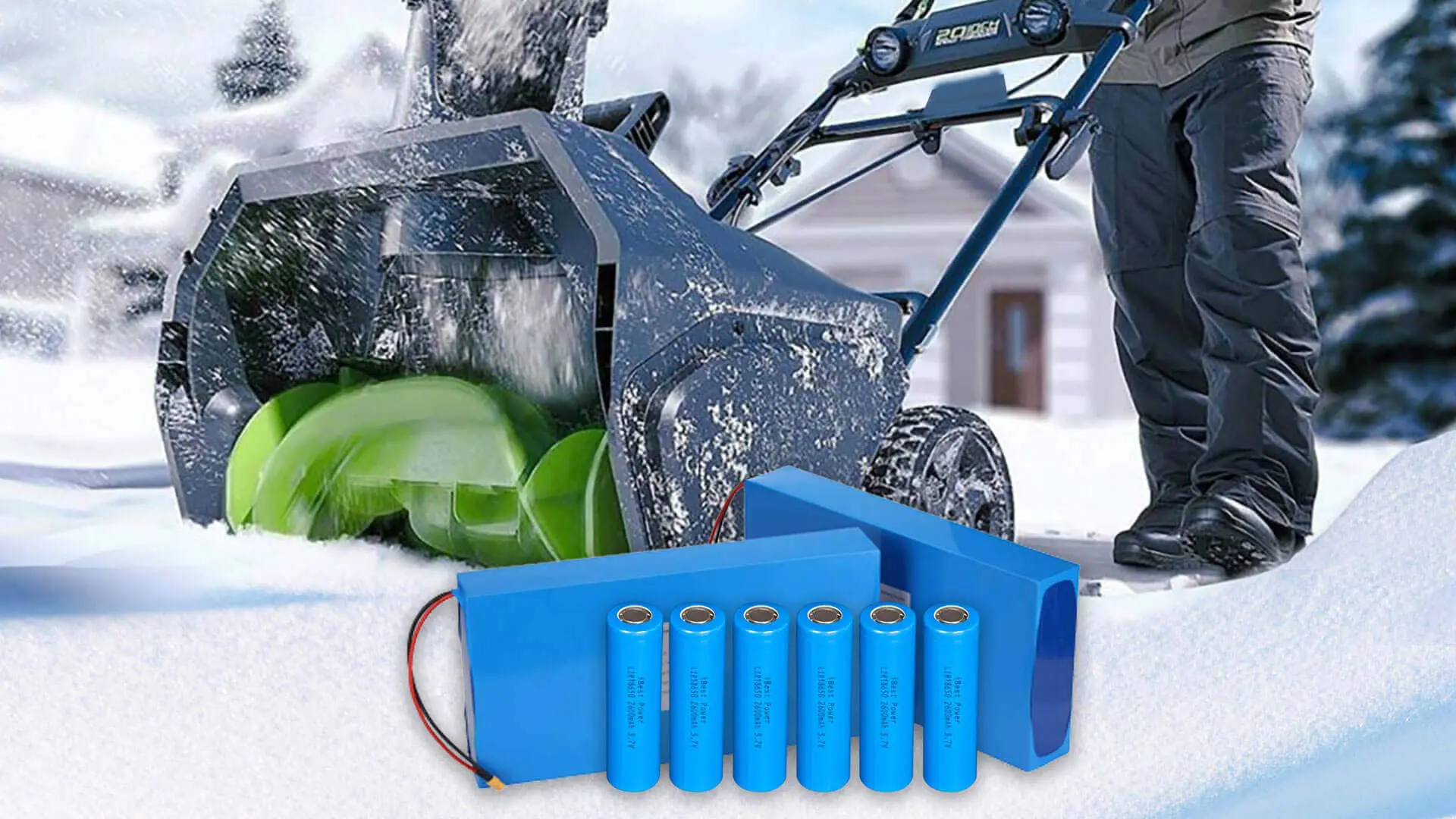LFP batteries have been proven to be safe and stable in more tests. Many people are looking for more powerful, safer, and more durable lithium batteries which make many manufacturers of electrically powered devices (e.g., electric golf carts, electric surfboards, etc.) looking for lead-acid battery replacement, and LiFePO4 batteries have been the best replacement solution. As costs have fallen rapidly over the past decade, LiFePO4 batteries have become a cost-effective solution.
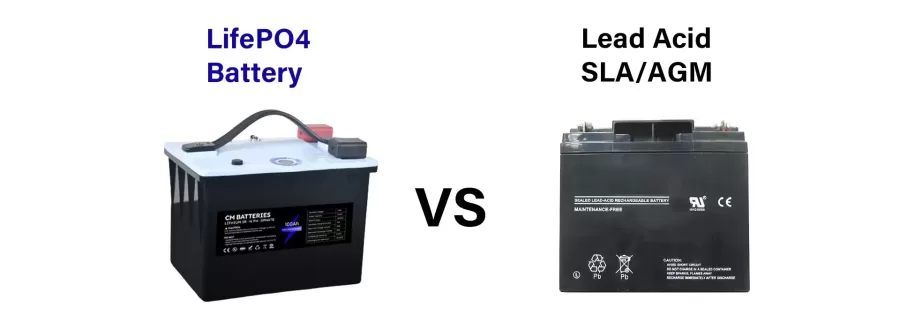
Why the Best Option for Lead-acid Battery Replacement is LiFePO4 Batteries?
There are several reasons why LiFePO4 batteries are considered the best option for lead-acid battery replacement:
- Longer lifespan: LiFePO4 batteries have a significantly longer lifespan compared to lead-acid batteries. While lead-acid batteries typically last for about 3-5 years, LiFePO4 batteries have a lifespan of 10-15 years or even longer, depending on usage and maintenance.
- Higher energy density: LiFePO4 batteries have a higher energy density, which means they can store more energy in a smaller and lighter package. This makes them more compact and easier to handle, especially in applications that require mobility.
- Faster charging and discharging: LiFePO4 batteries have higher charge and discharge rates compared to lead-acid batteries. They can be charged at a faster rate, allowing for quicker recharge times, and also delivering higher currents during discharge. This makes them suitable for applications that require high power output or fast charging.
- Higher efficiency: LiFePO4 batteries have a higher efficiency compared to lead-acid batteries. They can convert stored energy into useful output more efficiently, resulting in less energy loss and better overall performance.
- Maintenance-free: LiFePO4 batteries are maintenance-free, eliminating the need for periodic maintenance tasks such as checking and refilling electrolyte levels. This saves time, and effort, and reduces the risk of accidents or damage associated with battery maintenance.
- Safety Protection: LiFePO4 batteries have a robust and stable chemistry that makes them inherently safer compared to lead-acid batteries. They are more resistant to thermal runaway, overcharging, and short circuits, reducing the risk of fire or explosion.
- Environmental Protection: Additionally, LiFePO4 batteries do not contain toxic lead and acid and they are environmental protection.
Overall, LiFePO4 batteries offer numerous advantages over lead-acid batteries, including longer lifespan, higher energy density, faster charging, higher efficiency, maintenance-free operation, and safety protection. These factors make them the best option for lead-acid battery replacement in various applications, such as electric golf carts, scooters, UPS, and Boats.
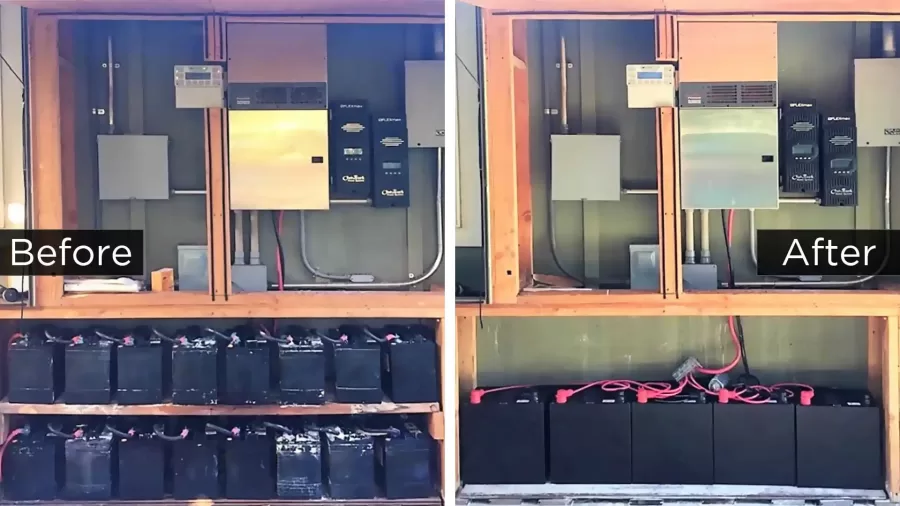
How to Replace Lead-Acid Batteries with Lithium Batteries?
In many cases, you can directly replace lead-acid batteries with lithium batteries of the same volt. However, it is crucial to carefully choose the unique battery management system (BMS) for each battery. While some cheaper battery pack suppliers may utilize generic off-the-shelf BMS with incorrect settings, reputable battery manufacturers prioritize the use of the unique customized BMS with famous brands ICsand MOS. This customization ensures comprehensive protection against potential issues such as overcharging, overvoltage, extreme temperatures, and accidental reverse polarity. Consequently, the battery remains well-protection and ensures its performance for long usage.
Nevertheless, the BMS might limit performance or cut off power when the power consumption surpasses the preset BMS protection settings. This becomes particularly evident in scenarios where users attempt to connect multiple batteries in series to achieve higher voltages or in parallel to increase the ampere-hours. For example, larger motors generally require a 48V power supply. Some individuals may try to connect two 24V batteries in series to fulfill this requirement. However, in the case of lithium batteries, this often triggers the overvoltage protection mechanism as the system detects 48V, which goes beyond the rated 24V.
Another question? why not allow the BMS to operate within the 24V-48V range? This action compromises the protective capabilities of the BMS as it wouldn’t have sufficient time to react and prevent potential damage resulting from overvoltage, overcharging, or short circuits. Many low-cost LiFePO4 retailers or distributors promise their batteries withstand 10,000+ cycles and this promise is virtual. In the real world, these retailers surfer customer complaints.
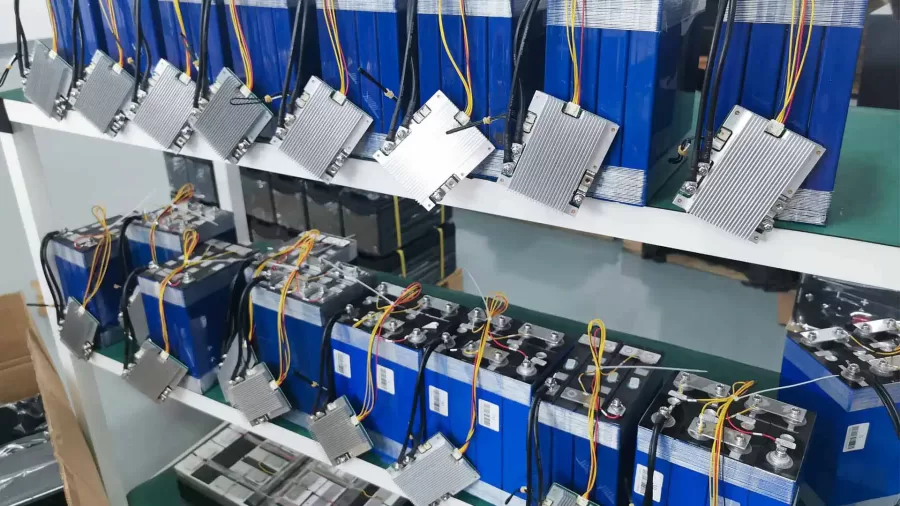
At CM Batteries, we aim to provide the most suitable battery for each application, with a longer lifespan and optimal operation for end-user applications. For example for a 48V lifepo4 battery pack, we recommend utilizing a single 48V battery pack with larger ampere-hours with a BMS-specific design to support larger motors, rather than attempting to utilize multiple 24V batteries in parallel. When replacing lead-acid batteries, the 48v lifepo4 battery will reduce the overall weight by half or even more.
By prioritizing the use of appropriate BMS systems and offering guidance tailored to individual needs, CM Batteries ensures that customers can experience the full benefits of lithium batteries without compromising performance, safety, or longevity. The following are notes on replacing batteries:
- Definition Needs
Clarify the basic needs such as the voltage, capacity, discharge & charge current, and work temperature range.
- Plan LiFePO4 Battery Packs Solution
The engineering team plans your unique LiFePO4 battery for your specific needs.
- Replacement Tools List
Prepare the necessary tools and components to replace the lead acid batteries.
- Remove lead-acid battery
Remove the lead-acid battery from your application devices.
- Install LiFePO4 Battery
Connect the terminals of the LiFePO4 battery and ensure all connections are tight.
- Test
Please test and start your devices whether the installation process is good.
How to Replace Scooter Lead-acid Battery with Lithium Battery?
Replacing the lead-acid battery in your scooter with a lithium-ion battery is a simple process. Scooters use a single 12-volt lead-acid battery with a capacity of around 8 amp hours. However, lithium-ion batteries offer a much higher power density compared to lead-acid or AGM batteries. This means that a lithium-ion battery with the same capacity will be smaller in size.

One advantage of lithium-ion batteries is compatible with various devices powered by electric motors, such as drills, electric bikes, and golf carts. These devices often have a wider operating range, allowing for flexibility in battery replacement. For instance, you can replace the 12V lead-acid scooter battery with a 3S NMC lithium-ion battery or a 4S LFP lithium-ion battery. It may even be possible to go beyond these options, but thorough research on the device’s capabilities is necessary.
When upgrading a lead-acid powered battery to a lithium-ion powered battery, the maximum operating voltage determines the specific voltage. The battery pack Manufacturers often provide the operating voltage range of the original battery without specifying the upper limit. However, if you do not plan on significantly increasing the voltage or not at all, you generally do not need to replace the controller in your electric scooter. The controller upgrade becomes essential only when converting your lead-acid scooter to a lithium-ion motorcycle and upgrading the motor or significantly overvolting a stock motor.
To summarize, replacing the lead-acid battery with a lithium-ion battery in your scooter is a simple task. Lithium-ion batteries offer higher power density, allowing for smaller-sized replacements. The compatibility of electric motor-powered devices with various lithium-ion batteries provides flexibility in the replacement process. It is crucial to research the device’s capabilities and voltage requirements to ensure a successful battery upgrade.
How to Upgrade Golf Cart to Lithium Batteries?
When it comes to replacing the lead-acid battery in your golf cart with a lithium-ion battery, you have several options available. Unlike high-speed vehicles such as scooters and e-bikes, golf carts have lower battery requirements. This allows for greater flexibility in choosing the type, size, and voltage of the lithium-ion battery to install in your golf cart. To assist you in optimizing your build, our battery pack design can be an invaluable tool.

One important point to note is that if your golf cart is rated to operate on 24 volts, it has a much wider operating range. This presents an opportunity not only to enhance the reliability and range of your golf cart but also to improve its performance significantly. Upgrading a cheaper or older 24-volt golf cart with a 7S lithium-ion battery is a viable solution. This setup increases the nominal operating voltage to 25.9 volts, with a deadband voltage below 20 volts.
By making this upgrade, your 24-volt golf cart will experience increased speed throughout the entire operating voltage range of the lithium-ion battery compared to using the original battery with the same level of discharge. This enhancement can greatly enhance your overall golfing experience, allowing you to navigate the golf course with improved efficiency and performance.
Moreover, the cost-effectiveness of this upgrade should not be overlooked. Lithium-ion batteries tend to have a longer lifespan and lower maintenance requirements compared to lead-acid batteries. This means that you can expect long-term benefits by investing in a lithium-ion battery for your golf cart.
While upgrading to a lithium-ion battery brings various benefits, it is essential to ensure compatibility with your golf cart’s electrical systems. Consulting with professionals or utilizing our Battery Pack Planner can ensure that you choose the right lithium-ion battery for your golf cart, taking into account factors such as voltage, capacity, and safety considerations.
Overall, opting to replace your golf cart’s lead-acid battery with a lithium-ion battery can deliver a range of advantages, including improved performance, extended range, cost-effectiveness, and enhanced reliability. By considering the specific requirements of your golf cart and utilizing the proper resources, you can embark on a successful battery upgrade that enhances your golfing experience.
Replacing Lead Acid With Lithium In Cars, Boats, and RVs
When it comes to the topic of alternators, certain aspects can be quite intricate and require further exploration. While it is true that alternators are primarily voltage-regulated, it is important to note that they are not specifically designed to regulate current. Consequently, an alternator will provide the necessary current irrespective of whether it is an excessive amount. However, can a bad alternator ruin a battery?
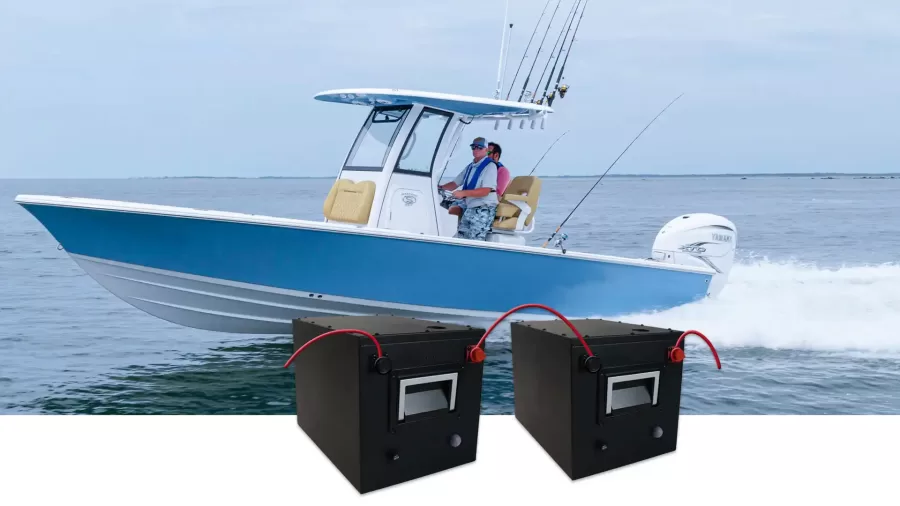
In the realm of vehicle battery upgrades, lithium-ion batteries offer a significant advantage over traditional lead-acid/AGM batteries in terms of faster charging capabilities. However, this attribute can sometimes prove to be a disadvantage. Particularly, if an extensive amount of battery power is utilized when the engine is not running, the voltage of a lithium-ion battery tends to gradually decrease.
The voltage drop is a common occurrence across all battery types. Nonetheless, what sets lithium-ion batteries apart is their inclination to draw as much current as possible from their power source when their voltage falls below that of the power source. This situation can potentially lead to overheating of the alternator and its associated power cords, thereby posing a fire hazard that may be difficult to extinguish. Furthermore, even if the alternator can handle substantial amounts of current, relying on it solely to charge lithium-ion batteries is not a recommended approach. To prevent overheating and associated risks, it is imperative to select the appropriate cord size for charging purposes.
The critical element in charging lithium-ion batteries involves a constant current charging stage, followed by a transition to constant voltage mode towards the end of the charging process. As a result, it becomes necessary to insert a current limiting device between the alternator and the lithium-ion battery, ensuring that the charging procedure remains within safe parameters.
Hence, to achieve a comprehensive understanding of alternators about lithium-ion batteries, it is important to acknowledge the intricate nature of their charging requirements and the potential risks associated with improper charging practices. By considering these factors and implementing suitable precautions, one can ensure the effective and safe utilization of both alternators and lithium-ion batteries within their vehicles.
When Should I Replace My Lead-Acid Battery?
When to replace your lead-acid battery depends on several factors, some key signs indicate to make the switch:
- Cycles: Generally, lead-acid batteries last between 3 and 5 years with proper usage. If you’re having a bad experience, please consider a replacement.
- Performances: Pay attention to your battery performance. Here are some signs of bad performance:
- Start in powerless: Does your engine take a longer time to start than before? This indicates the lead-acid battery is powerless.
- Shorter Mileages: Do you need to recharge your battery more frequently? Your devices experience shorter mileage. The capacity is dropping. If you still use it, there exist some risks.
- Uneven charging: Does the battery indicator fluctuate erratically? This indicates internal cell damage.
- Appearance: Inspect your battery for any obvious signs of damage.
- Swelling: When the gas builds within the cells, the battery will swell. Please stop using it.
- Corrosion: Excessive corrosion around the terminals impedes conductivity and affects performance.
- Leakage: Leaks of acid or electrolyte pose a safety risk and please immediately replace them.
- Usage Pattern: If you frequently deep discharges and use the battery in extreme temperatures, they affect the lifespan. If your usage pattern is extreme, Please monitor the performance and replace the battery regularly.
- Preventative Maintenance: All batteries will be degrading during the long time usage. If you’re approaching the typical lifespan of your battery, please consider to replace before experiencing issues.
Ultimately, the decision to replace your lead-acid battery is a combination of these factors. If you’re unsure, please consult a qualified manufacturer or battery specialist to get further guidance and assess your specific situation. CMB is happy to assist the electrical energy equipment companies in replacing your lead acid battery program.
What‘s the Benefit of Replacing Lead-Acid with LiFePO4 Batteries?
Lithium Iron Phosphate batteries offer long energy density, lightweight design, and more environmental protection than lead acid batteries. The following will focus on replacing lead-acid batteries with lifepo4 batteries, which make a positive difference in your daily life.
Improved Stability of Voltage
The CMB 12.8V LiFePO4 Battery offers a significant advantage in delivering a stable voltage output for extended periods. This eliminates common issues such as flickering lights or unpredictable performance. The lead-acid batteries tend to become unreliable when the energy level drops below 50%, the LiFePO4 battery maintains a constant energy output until it reaches as low as 5%.
Enhanced Charging Capabilities
While typical LiFePO4 batteries can be recharged to 50% capacity in just 30 minutes, the CMB Li-ion battery with fast charging technology can reach 100% capacity within the same timeframe. Additionally, it boasts exceptional charging efficiencies of up to 3C.
Intelligent and Versatile Battery Design
The LiFePO4 battery incorporates a Battery Management System (BMS) board that enhances its functionality. This advanced feature allows users to conveniently monitor the State of Charge (SOC) of the battery. Furthermore, the 12.8V modular LiFePO4 battery supports various connection options, eliminating the need for an external BMS when linking batteries in series and parallel configurations (up to 4S10P). This flexibility enables users to achieve maximum parameters of 51.2V and 70Ah. Additionally, the batteries can be assembled into different structures and shapes, effortlessly adapting to the available space within the device.
Conclusion
Replacing the lead-acid batteries with LiFePO4 batteries is a rewarding decision that brings numerous benefits. By following our expert advice and guidance, you’ll be on your way to a more powerful, reliable, and eco-friendly energy source for your electric devices.
When replacing lead-acid batteries with lithium-ion batteries, it is important to consider the battery management system (BMS) to ensure proper protection and performance. Using a customized BMS for the lithium-ion battery’s voltage and current ratings is recommended to prevent potential issues. If you would like to know more about CM Batteries’ Lead Acid Replacement for 12V Lithium Iron Phosphate Batteries, click on the link to view them or contact us today for a consultation!





